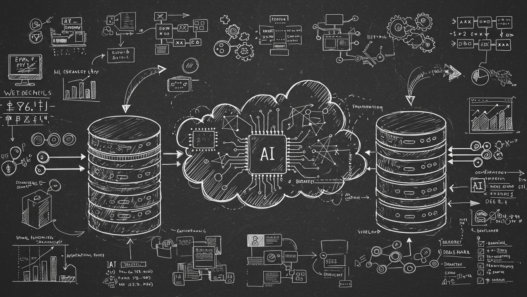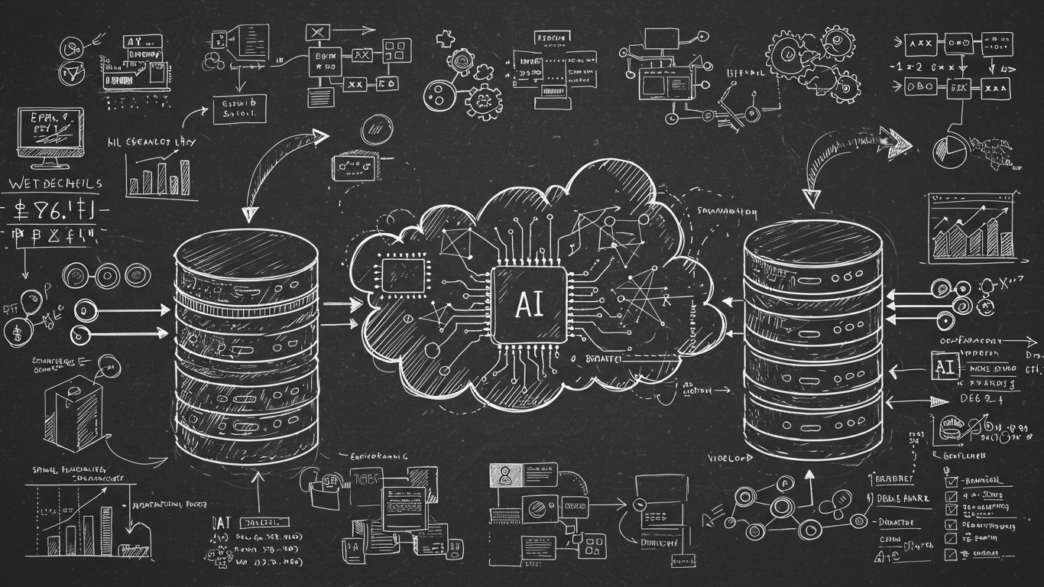TLDR:AI is revolutionizing database management systems (DBMS) by automating tasks, enhancing efficiency, and improving reliability. AI-powered databases use machine learning for optimization, natural language processing for easier interaction, and reinforcement learning for continuous improvement. Various types of AI databases like Document Stores, Graph Databases, NoSQL Databases, Time-Series Databases, and Vector Databases are used for different applications. The Gen AI Toolbox for Databases facilitates connecting AI applications with databases, offering benefits like accelerated development and improved security. Implementing AI-powered database solutions helps organizations modernize their data infrastructure and address digital challenges.
Database management systems (DBMS) are being revolutionized by artificial intelligence (AI), which primarily automates manual tasks, enhances efficiency, and improves reliability. AI-powered databases leverage machine learning algorithms to continuously adapt to changes and improve over time.
AI for Database Optimization

AI can improve database performance and efficiency in multiple ways. Query optimization uses AI algorithms to analyze query patterns and execution times, allowing the system to predict and rearrange queries for improved speed and responsiveness. Data sharding uses AI to dynamically distribute data across servers based on access patterns and resource availability, improving scalability and reducing bottlenecks. Additionally, AI can monitor database health metrics in real-time to predict and trigger preventative measures for potential failures, which improves reliability and cuts maintenance costs.
AI and ML in Databases
- Machine Learning algorithms can analyze historical data to identify patterns and make predictions, which can be used to optimize database performance. Clustering algorithms can group similar queries together, allowing responses to be cached for faster processing.
- Natural Language Processing (NLP) allows users to interact with the database using natural language queries instead of relying on database administrators. This makes database management more accessible. NLP can accurately interpret and execute even complex queries.
- Reinforcement Learning continuously optimizes database performance by learning from the outcomes of different actions within the database environment. This is especially useful for continuous data streams where the system must adapt in real time.
Types of AI Databases

- Document Stores: Use a flexible schema to store and query document-oriented data.
- Graph Databases: Used to represent and analyze complex relationships and interconnections within data.
- NoSQL Databases: Offer a flexible approach to data management, suitable for handling large volumes of unstructured or semi-structured data.
- Time-Series Databases: Optimized for handling time-stamped data, essential for analyzing trends and patterns over time.
- Vector Databases: Designed for vector similarity search, crucial for applications like image recognition and natural language processing.
The Gen AI Toolbox for Databases is an open-source server that facilitates the connection between production-grade, agent-based generative AI applications and databases. It simplifies the process of building, deploying, and managing advanced gen AI tools that can securely query databases.
Core Benefits of the Framework:
- Accelerated Development: The framework facilitates rapid tool development and reduces redundant code requirements.
- Optimized Performance and Scalability: The framework autonomously manages connection efficiency.
- Improved Security Posture: The framework enables precise data and tool access management for agents.
- Comprehensive Observability: Integrated logging, metrics, and tracing capabilities provide insights for operational optimization.
Aligning AI Applications with Suitable Databases
Vector Databases are helpful for technologies like GANs and models similar to ChatGPT because they are designed to work with high-dimensional vector data. NoSQL Databases are well-suited for deep learning applications because they can scale and flexibly manage large amounts of diverse data. Document Stores are a good fit for Large Language Models (LLMs) because they can efficiently handle a combination of structured and unstructured data with minimal latency, which is important for training and deploying responsive LLMs.
Organizations can modernize their data infrastructure and better respond to the challenges of the digital age by implementing AI-powered database solutions.
Source: Google Cloud , Pingcap Blog




















